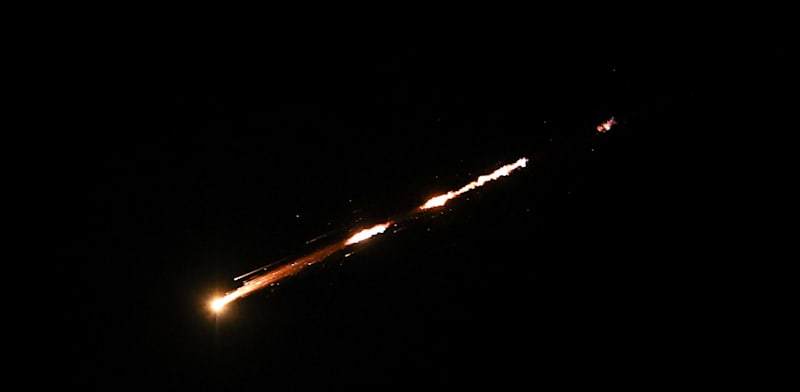Earlier this week the IDF Home Front Command introduced a change in warnings in the event of missile launches, so that the first warning would be issued about 30 minutes before launch. However, last night, the warning was sounded only a few minutes before sirens sounded. What caused this? A change in missile firing tactics on the Iranian side.
Iran has switched from barrages of dozens of ballistic missiles, to firing only a few – but with more barrages. The Iranian move has advantages for Israel, but also a disadvantage in terms of air defense.
RELATED ARTICLES
The advantage, most importantly, is that when only a few missiles are launched, it is much easier for Israel’s air defenses to intercept them. Radar is not saturated with data and knows how to aim more effectively, while defense systems such as the Arrow and THAAD are capable of intercepting high rates of missiles and reducing civilian casualties, especially during small barrages, and Israel does not need to replenish its interceptors at such a dizzying pace as before.
The disadvantage is that the Home Front Command’s warning is much shorter. When a ballistic missile is launched, it emits enormous heat, which allows radars to quickly identify it. When dozens or hundreds of ballistic missiles are launched, much more heat is created, and they are identified at a much earlier stage. Therefore, identifying individual missiles takes longer, and affects the duration of the warning.
Published by Globes, Israel business news – en.globes.co.il – on June 17, 2025.
© Copyright of Globes Publisher Itonut (1983) Ltd., 2025.









